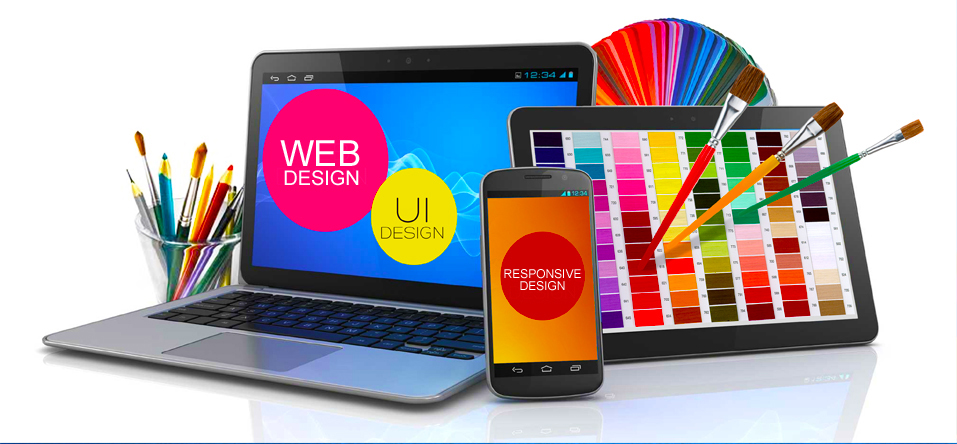In today’s digital age, the importance of accessibility in web design cannot be overstated. As more and more interactions, services, and content move online, it becomes imperative to ensure that everyone, regardless of their abilities, can access and use digital platforms effectively. This is where web design services for universal accessibility play a crucial role in creating an inclusive online environment. Universal accessibility in web design refers to the practice of designing websites and digital interfaces that can be easily accessed and navigated by people with diverse abilities. This includes individuals with disabilities such as visual impairments, hearing impairments, motor disabilities, cognitive impairments, and more. By incorporating principles of universal design, web designers can create interfaces that are not only usable by everyone but also enhance the user experience for all users. Screen readers, voice recognition software, alternative input devices, and other assistive technologies enable people with disabilities to access digital content. Web designers need to structure content and code in a way that these technologies can interpret and convey information accurately to users.

Another important consideration is the use of inclusive design elements. This involves designing interfaces that are easy to navigate, have clear and concise content, provide alternatives for multimedia content such as captions for videos, use color schemes that are distinguishable for color-blind users, and offer customizable settings for font size and contrast. These elements not only benefit users with disabilities but also improve the overall user experience for all users. Web design services for universal accessibility also encompass responsive design principles. Responsive design ensures that websites adapt seamlessly to different screen sizes and devices, making them accessible on desktops, laptops, tablets, and smartphones. This is particularly important for users with disabilities who may rely on specific devices or screen configurations to access digital content comfortably. Furthermore, web designers can optimize navigation and interaction elements to be keyboard-friendly and provide skip navigation links for users who navigate using keyboard shortcuts. This improves accessibility for users with motor disabilities or those who prefer keyboard navigation over mouse interactions.
Incorporating semantic HTML markup and proper document structure is another aspect of web design services for universal accessibility. This helps screen readers and other assistive technologies to parse and present content accurately to users. Descriptive alt text for images, logical heading structures, and meaningful link text are examples of practices that enhance accessibility and usability. Testing and validation are integral parts of web design services for universal accessibility. Conducting accessibility audits, usability testing with users of diverse abilities, and adhering to WCAG standards ensure that websites meet the necessary accessibility criteria and provide an optimal user experience for all users. The michigan website designers for accessibility are essential for creating inclusive digital experiences. By embracing diversity and incorporating accessibility principles into web design, businesses and organizations can reach a broader audience, enhance user satisfaction, and demonstrate commitment to inclusivity in the digital realm. Embracing digital diversity through universal accessibility is not just a best practice but a fundamental requirement for building a more equitable and accessible online world.
